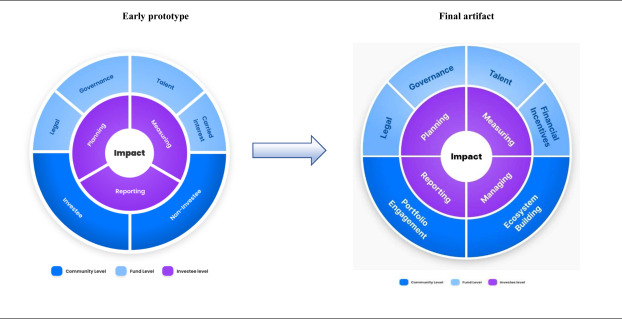
**Essential Investment Strategies: The Three T’s Every Investor Needs**
Investing is a blend of art and science that necessitates meticulous planning, analysis, and execution to optimize returns while controlling risks. In a constantly changing financial environment, grasping and applying crucial investment strategies is vital for both new and experienced investors. At the heart of these strategies lie the “Three T’s” of investing: Timing, Tenure, and Technique. Each of these factors is pivotal in influencing the success and efficacy of an investment portfolio.
**1. Timing: Knowing When to Act**
Timing denotes the ability to pinpoint the ideal moment to enter or exit an investment. Market timing is frequently deemed the most difficult facet of investing due to the acute awareness required of market trends, economic indicators, and geopolitical occurrences. Successful timing can greatly boost returns, while poorly timed investments may incur losses.
Various instruments and strategies can assist investors in improving their timing, such as technical analysis, which scrutinizes statistical trends derived from trading behaviors like price movements and trading volumes. Economic cycles significantly influence timing as they impact different sectors and asset classes in distinct manners. Furthermore, investors should remain updated on fiscal and monetary policies that may shape market conditions.
While adept timing has the capacity to heighten returns, it should be approached with care. Trying to predict market trajectories can be perilous, leading many investors to opt for a steadier tactic, like dollar-cost averaging, which entails investing a set amount of money at consistent intervals. This methodology lessens the effects of market volatility and diminishes the chance of making poorly timed investment choices.
**2. Tenure: Investing with a Time Horizon**
Tenure signifies the time frame of an investment and is pivotal in determining the strategy and risk profile of an investor’s portfolio. Short-term investments, typically kept for under a year, promise quick returns but often entail increased volatility and risk. In contrast, long-term investments, maintained over several years or decades, usually benefit from compounding returns and are less swayed by short-term market disturbances.
Recognizing one’s investment tenure is essential for establishing realistic financial objectives and choosing fitting asset classes. For instance, a younger investor with a long-term outlook might be more inclined towards stocks and equities, which have historically outshone other asset classes over lengthy periods. Meanwhile, an investor approaching retirement might prefer bonds or dividend-yielding stocks for more stable and consistent returns.
Different types of investment tenure require distinct approaches to risk tolerance and asset allocation. Long-term investors necessitate a well-diversified portfolio to endure market cycles, whereas short-term investors should prioritize liquidity and access to funds to respond quickly to market shifts.
**3. Technique: Adopting the Right Approach**
Technique encompasses the methods and strategies an investor utilizes to efficiently manage their investment portfolio. A variety of investment techniques are available, each customized to various risk appetites, financial objectives, and market conditions.
A widely recognized technique is value investing, famously endorsed by figures like Warren Buffett. This strategy focuses on pinpointing undervalued stocks with robust fundamentals and retaining them for the long haul, anticipating an increase in their market value. In contrast, growth investing aims at companies expected to expand at a rate exceeding the market average, often involving a higher risk-return trade-off.
Additionally, passive investing entails capturing market returns through index funds or exchange-traded funds (ETFs), necessitating minimal active decision-making. This strategy lowers costs and is founded on the efficient market hypothesis, which posits that consistently outperforming the market is challenging.
For those pursuing a more aggressive approach, active investing involves frequent buying and selling actions to take advantage of market inefficiencies. This technique mandates a thorough understanding of the market and prompt decision-making to yield alpha, or excess returns beyond standard benchmarks.
No matter the technique chosen, diversification remains a core principle, as it aids in mitigating risk by spreading investments across diverse asset classes and sectors.
**Conclusion**
The Three T’s—Timing, Tenure, and Technique—are essential components that every investor should prominently incorporate in their investment strategy. By thoughtfully evaluating these elements, investors can formulate a customized approach that aligns with their financial ambitions, resources, and risk appetite. Whether it’s selecting the optimal moment to engage with the market, establishing the appropriate investment horizon, or choosing the right technique, a balanced emphasis on these crucial components can lead to more informed decision-making and potentially enhanced financial success.